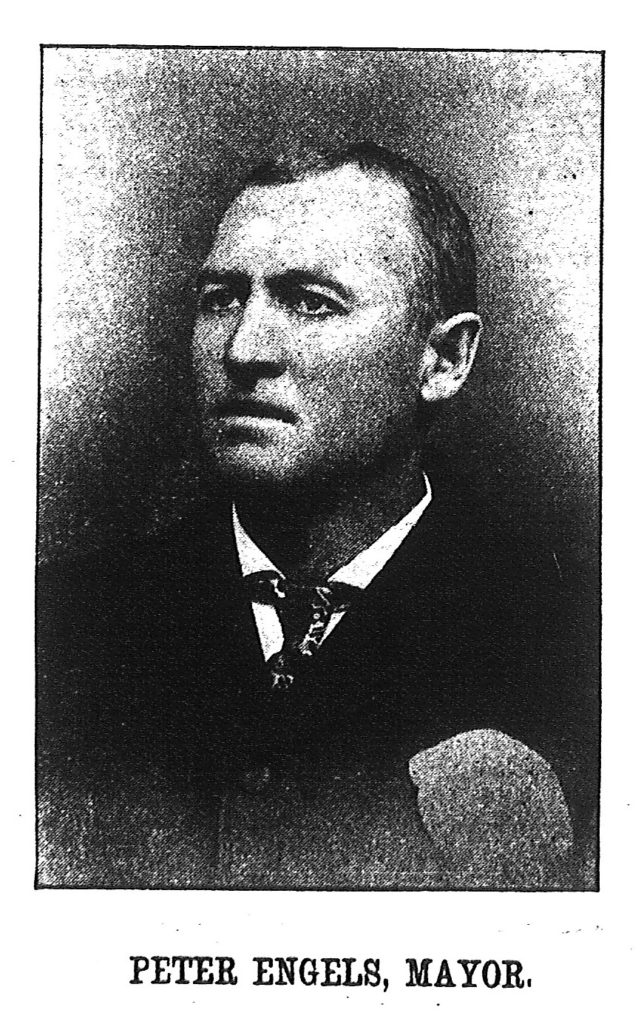clay county histories

Markus Krueger | Program Director HCSCC
During Prohibition, St. Paul was run on the O’Connor System. The system was named for crooked St. Paul Police Chief John “The Big Fellow” O’Connor, who made an alliance with Dapper Dan Hogan, the leader of St. Paul’s criminal underworld.
The arrangement went as follows: St. Paul would be a safe place for criminals to lay low provided that each criminal 1. Register their phone number and address with the police; 2. Donate a sizable bribe to the police department; and 3. Refrain from committing any crimes within the city limits of St. Paul. If they did this, criminals would be left alone by the St. Paul police and they would even be warned of incoming FBI raids.
Chief O’Connor died of natural causes in 1924 and Dapper Dan Hogan was killed by a car bomb in 1928, but their successors kept the system going. St Paul was where America’s gangsters went to kick back at the Green Lantern Saloon, the Hollyhocks Club, the caves and the jazz joints.
In towns throughout America during Prohibition, illegal bars operated pretty openly (we remember them as “speakeasys” but throughout Minnesota and the Dakotas we called them “blind pigs”). It’s not like the police were unaware that Frank Magnuson was serving moonshine at the Rex Cafe in Moorhead. Did every town have an arrangement like St. Paul? I don’t think the corruption was that blatant.
My suspicion is that most towns worked like Barnesville. Barnesville arrested only about half a dozen people for selling alcohol in the last 7 years of Prohibition, and it’s certainly not because everybody was sober. Prohibition never was popular in this German railroad town, so it’s not surprising that for much of the 1920s they elected Peter Engels mayor. Before Prohibition, Engels was a saloon owner (his saloon is now the Barnesville VFW) who was the local political leader of the “Wets” who were trying to prevent the “Drys” from making alcohol illegal. Peter’s brother Frank was a major bootlegger whose 101-year-old moonshining operation is still preserved in the basement of his north Fargo home. Do you think Mayor Peter Engels is going to strictly enforce prohibition laws in Barnesville?
The situation was even more blatant in Moorhead. Seven people appear in the Moorhead Jail Registry for selling alcohol in 1926. The following year that number jumps to 116. By 1930 it’s back down to 23. Why such a difference? In 1927-28, Moorhead had a mayor who promised to put an end to the hypocritical system of ignoring blatant Prohibition violations. After two years of actually enforcing Prohibition laws, the people of Moorhead decided we preferred a boozy hypocrisy, and voted him out of office.
Law enforcement depended a lot on elected officials and people appointed by them – mayors, police chiefs, sheriffs, county attorneys, judges.These people set the agenda for how laws are enforced or NOT enforced. Is that corruption? I think so. But it’s also Democracy.

